A High-Quality Guide to Residential Roof Replacement
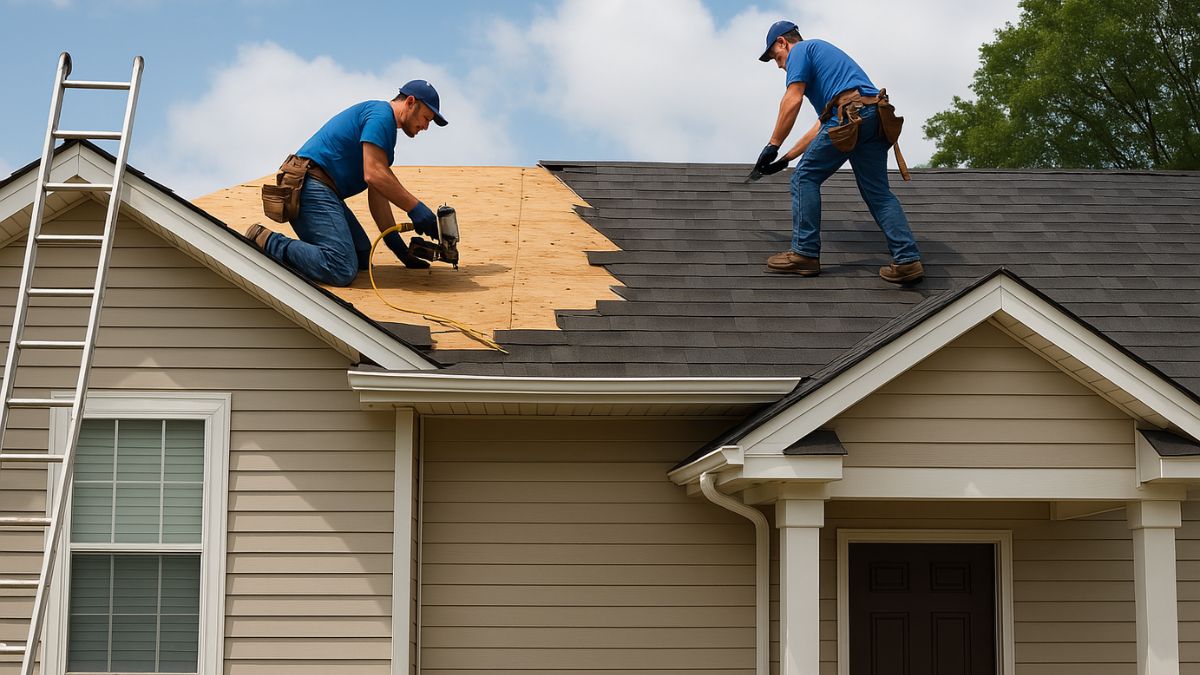
Replacing your home’s roof is a major investment, and having the right information can save you time, money, and stress. This article provides a high-quality guide to residential roof replacement, helping homeowners understand costs, compare materials, evaluate contractor options, and make informed decisions for long-term value.
Comprehensive Breakdown of Roof Replacement Cost Dynamics
Embarking on a residential roof replacement is a substantial financial commitment. Understanding the full spectrum of costs—from materials and labor to maintenance and long-term savings—allows homeowners to balance budget concerns with quality decisions.
Key Cost Drivers
- Roof Size and Pitch
The larger the surface area and the steeper the pitch, the higher the labor costs due to increased complexity and time required. - Material Selection
Prices differ drastically:- Basic 3‑tab shingles: $1–$1.50 per square foot
- Architectural shingles: $1.50–$2
- Metal roofing: $5–$8
- High-end tiles: $10–$15 or more
- Removal and Disposal Fees
Tear-off of existing roof and disposal of debris—typically $1–$2 per square foot, depending on local landfill rates and labor. - Underlayment and Flashings
Essential for water protection. Traditional felt underlayments cost less, but synthetic underlay can offer better durability for an added cost. - Permits and Inspections
Vary by municipality; small towns may charge $200–$500, while large cities could charge more. - Warranty Coverage
Extended warranties may increase upfront cost but yield peace of mind and long-term savings.
Detailed Comparative Table: Cost by Material Type
| Roofing Material | Approx. Installed Cost (per sq ft) | Lifespan | Maintenance Needs |
|---|---|---|---|
| Basic 3‑Tab Shingles | $1–$1.50 | 15–20 years | Moderate, granule loss |
| Architectural Shingles | $1.50–$2 | 25–30 years | Low to Moderate |
| Metal Roofing (Standing Seam) | $5–$8 | 50+ years | Low |
| Synthetic Composite Shingles | $3–$5 | 50–60 years | Very Low |
| Clay/Concrete Tiles | $10–$15+ | 75–100+ years | Low |
This table clearly illustrates how initial investment aligns (or doesn’t) with long-term value and care effort—a strategic benefit for SEO readers comparing options.
In-depth Look: Material-Specific Roofing Examples
1. IKO Dynasty Architectural Shingles
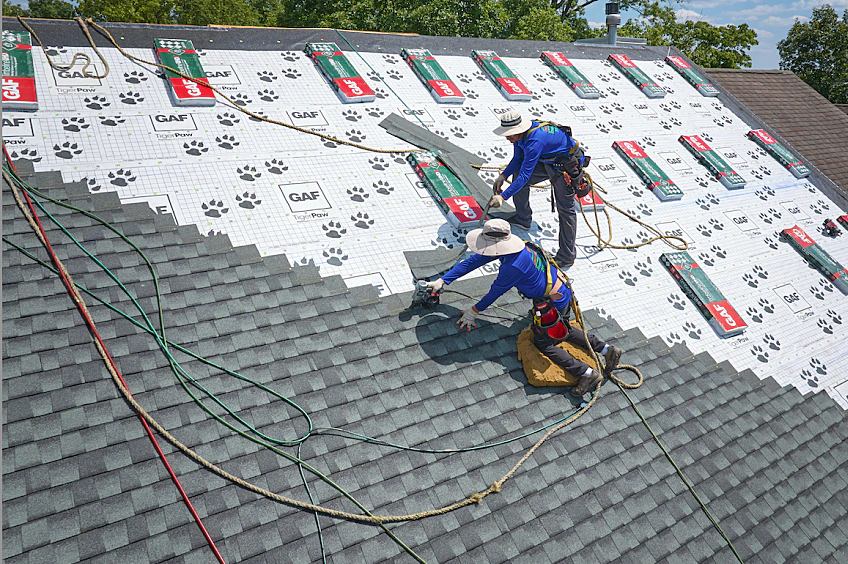
IKO’s Dynasty line features a thick, dimensional aesthetic, superior impact resistance, and a large color palette. Homeowners typically spend $1.50–$2 per square foot, achieving a style upgrade while maintaining budget.
Detailed Advantages:
- Excellent weather resistance (UV, wind, hail)
- Visually rich design for curb appeal
- Moderate weight—won’t strain older roof structures
2. GAF Timberline HDZ Shingles

A top choice for affordability and availability, averaging $1–$1.50 per square foot installed. Renowned for its nailing-stripe design that simplifies installation and strengthens hold.
Notable Benefits:
- Swift application saves contractor time (and cost)
- Broad availability simplifies sourcing
- Strong warranty backing provides consumer trust
3. Standing Seam Metal Roofing – R‑Panel
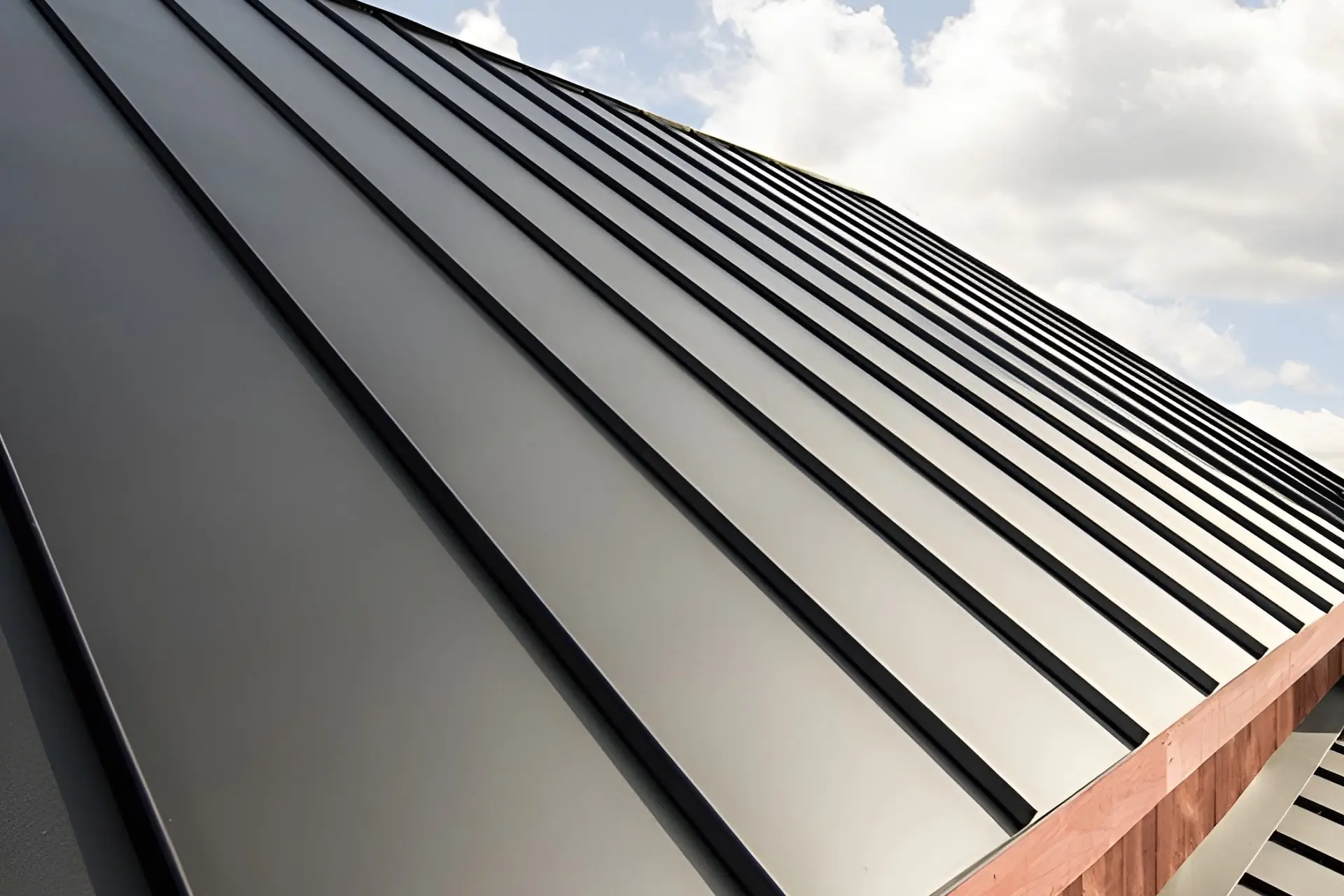
Price typically ranges from $5 to $8 per square foot due to its high-quality materials and durable performance.
Why It Stands Out:
- Reflects solar heat, lowering energy use
- Minimal maintenance—no UV or granule shedding
- High fire protection and wind resistance
4. Ludowici Concrete or Clay Tiles
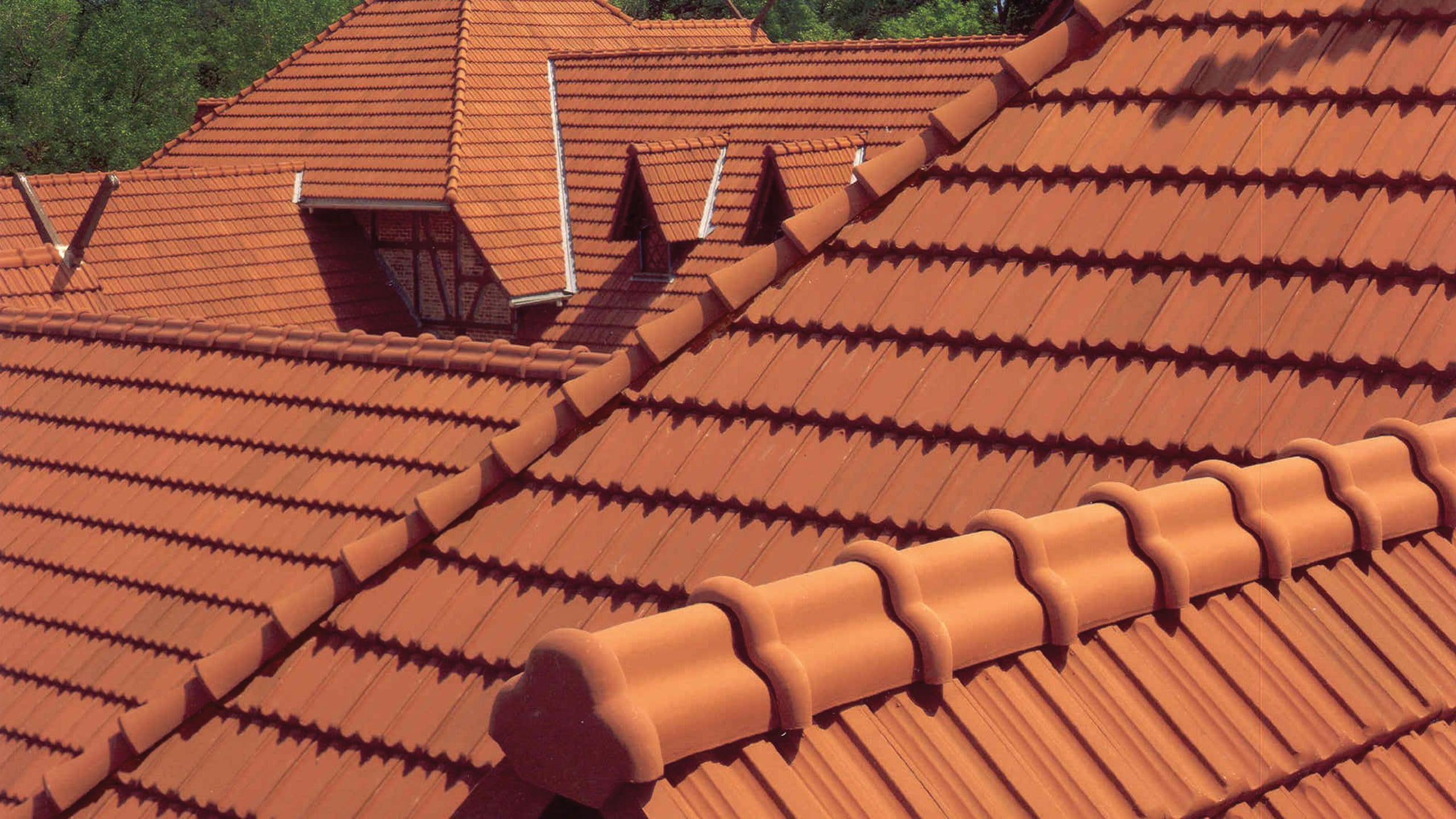
With costs between $10–$15+ per square foot, these tiles offer unmatched longevity and visual elegance.
Premium Attributes:
- Architectural depth and color retention
- Durability through storms and aging
- Less frequent upkeep—ideal multi-season architecture
5. DaVinci Synthetic Composite Shingles
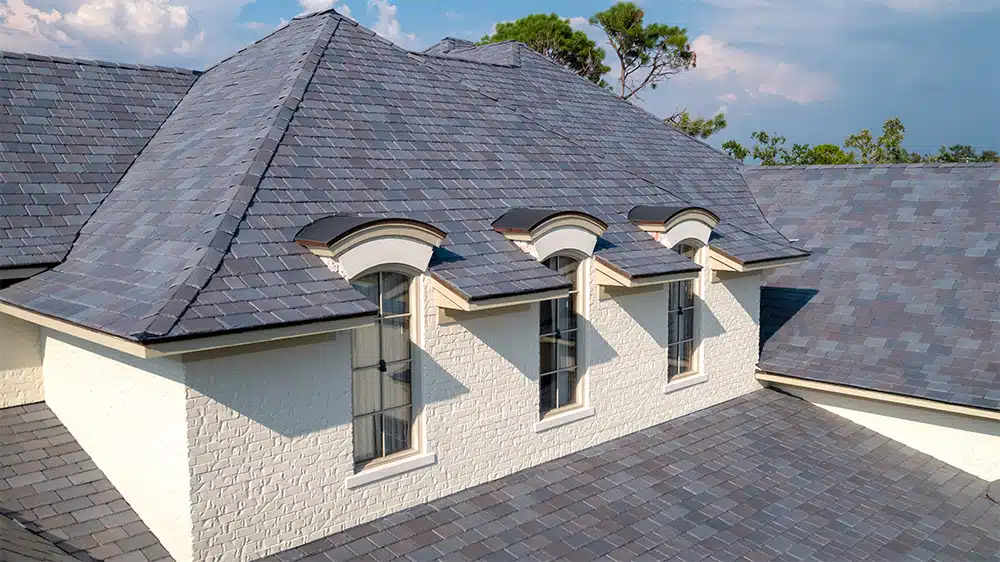
These shingles, priced $3–$5 per square foot, replicate high-end materials like slate or cedar with lighter weight and easier maintenance.Key Advantages:
- Eco-conscious fabrication (often recycled)
- Elegant aesthetics with long lifespan
- Lighter roof reduces structural demands
Benefits of Investing in Quality Roofing
Superior Durability and Long-Term Performance
While high-end roofing systems require a higher upfront cost, they consistently last longer—reducing future replacement and repair expenses. Tile and metal roofs may endure 50–100 years, offering better total value than cheaper alternatives.
Energy and Climate Adaptation
Materials like metal roofing reflect sunlight, reducing cooling needs in warm climates. Synthetic and tile materials may also contribute to better insulation, depending on the underlayment used.
Reduced Insurance and Enhanced Safety
Impact-resistant and fire-rated roofing can lower insurance premiums. Materials like metal, composite, or tile significantly mitigate damage risks.
Aesthetic Appeal and Home Value
Architectural shingles, composite tiles, or clay roofing can substantially raise curb appeal—and in many cases, resale value—as buyers recognize their durability and beauty.
Use Cases and Problem-Solving Scenarios
Aging Asphalt That’s Losing Granules
If you notice granule loss or curling shingles, timely replacement with architectural shingles or metal adds urgency, mitigating leakage and structural damage.
Homes Near Coastlines or Hail Zones
Metal and impact-rated shingles better resist wind and recurring hail—ideal for coastal or high-wind regions.
Budget vs Value Debate
A homeowner may save initially with basic shingles, but cyclical replacements make them cost-ineffective. A tile or synthetic composite roof, though pricier, pays off long-term.
Historical or Design-Driven Renovation
Renovating a Spanish-style home benefits from authentic clay/stone tile roofing—preserving heritage while gaining performance.
Buying Guidance: Where and How to Purchase
Step 1: Measure and Plan
Ensure precise square footage and roof pitch measurement to guide quotes and material needs.
Step 2: Gather and Compare Contractor Quotes
Require itemized estimates including tear-off, installation specifics, warranty info, and clean-up/disposal.
Step 3: Evaluate Material Suppliers
Local lumber yards, big-box stores (e.g., Home Depot, Lowe’s), or manufacturer-direct options (IKO, GAF, DaVinci) can influence prices and delivery schedules.
Step 4: Installation Preparations
Schedule during moderate weather, ensure scaffolding access, and consider adding gutter upgrades or flashing replacements.
Certainly! Below are the active external official links for the products mentioned, embedded as helpful purchase buttons in affiliate-style format (without actual affiliate codes, just official brand URLs):
Helpful Purchase Buttons
- Order IKO Dynasty Shingles
Official IKO website for Dynasty Architectural Shingles - Buy GAF Timberline HDZ
Direct link to GAF’s Timberline HDZ shingle line - Install Standing Seam Metal Roof – R‑Panel
Visit US Metal Roofing’s official product page for R-Panel metal roofing - Choose Luxury Ludowici Tile
Explore high-end clay and concrete tile options from Ludowici - Select DaVinci Composite Shingles
Official DaVinci Roofscapes website for synthetic slate and shake products
Frequently Asked Questions (FAQs)
1. How long does residential roof replacement typically take?
A standard replacement on a single-story house can take 2–5days, including removal, repair, underlayment, installation, and cleanup. Larger or more complex roofs may extend to a week or more.
2. Do I need a permit to replace my roof?
Most municipalities require a permit for roof replacement. The cost varies—from hundreds to over a thousand dollars—depending on local regulations. Always check with local building authorities.
3. Can I stay in my home during replacement?
Yes. Replacement can be noisy but is generally safe. Cover furniture and inform your family of daily schedules for minimal disruption.
